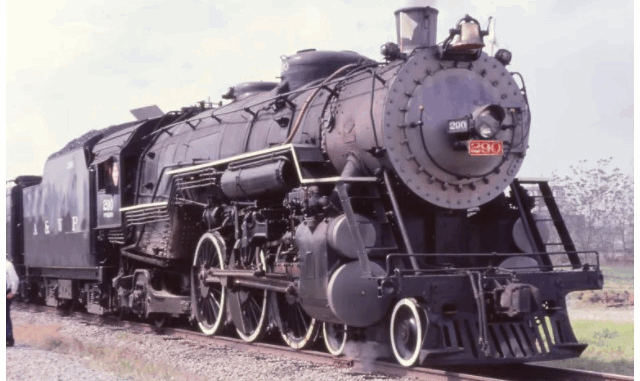
A Hidden Portal Between Worlds
At first glance, the railroad tracks in Fried Green Tomatoes appear to be a simple piece of the landscape, part of the sleepy Southern charm of Whistle Stop. Trains come and go, whistling through the trees and bringing the distant world to this small town. But for Idgie Threadgoode, the train tracks are more than iron and wood. They are a hidden portal between two worlds. They mark the line between safety and chaos, between girlhood and fierce independence.
From the moment young Idgie loses her brother Buddy in a tragic accident by the tracks, those rails take on a deeper, almost mythic significance. She retreats into the wild, spending time by the tracks not just to grieve, but to transform. That narrow strip of earth becomes a frontier—where societal rules dissolve and where a girl might remake herself into someone new.
The tracks are where she plays, fights, learns to spit, to gamble, to survive. And later, they are the roads she runs moonshine on, the places where danger lives, and where lawlessness finds both a home and a cause.
Idgie and the Iron Path of Independence
After Buddy’s death, Idgie abandons the expectations of a proper Southern lady. She is no longer a child of the parlor but a creature of the woods, the rivers, and the steel rails that slice through Whistle Stop. The railroad becomes her spine—the steel running through her.
These tracks do more than divide the town; they shape Idgie’s very spirit. They bring hobos, Black workers, and traveling men through Whistle Stop—people who exist outside traditional society, just like she does. Idgie finds kinship among those who travel the rails. They tell her stories, trade goods, share laughs. They teach her how to read people, how to keep secrets, and how to stay one step ahead of the law.
Later, when Idgie starts helping Smokey Lonesome and feeding the drifters, the tracks again become central. They’re no longer a symbol of danger or trauma but a lifeline. They represent her chosen family, her community. Through them, she rewrites her own legacy.

A Symbol of Risk, Memory, and Freedom
The train tracks are more than a motif—they are a memory. They carry the sound of Buddy’s laughter just before the accident. They echo with Ruth’s cries, with Idgie’s wild howls, with the clang of metal against soul. They are etched with grief, but also with determination.
In many stories, train tracks are just paths, passive objects. But in Fried Green Tomatoes, they pulse with emotion. They remind us that life changes in an instant. That grief reshapes identity. That risk is sometimes the only honest way forward.
For Evelyn, the woman listening to these stories decades later, the tracks become something metaphysical—a thread tying her dull, boxed-in present to a bolder, more passionate past. The wildness of Idgie, shaped on those tracks, becomes Evelyn’s salvation. Through memory and storytelling, the train keeps running, cutting through fear, time, and the lives of women too long told to sit still.
The train tracks of Whistle Stop do not just carry freight—they carry transformation. And for Idgie, they are the line she crosses to become herself.
